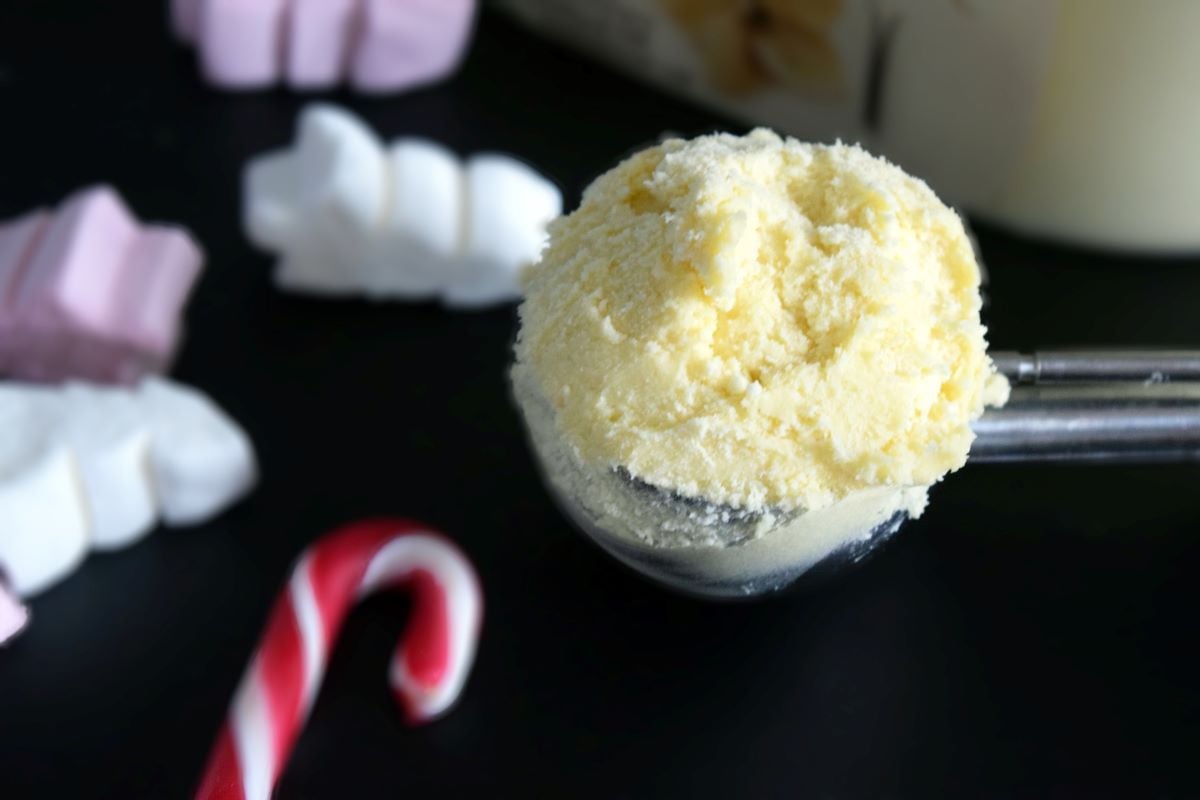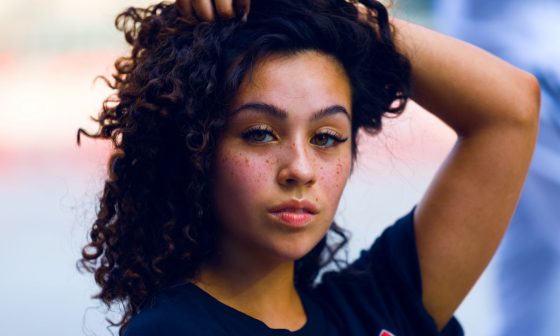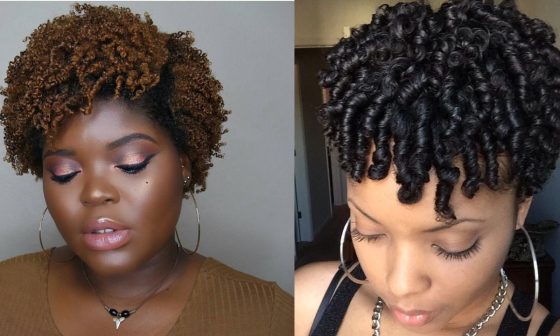Within the last few years, shea butter has gained increasing popularity as a natural hair care product. African shea butter is derived from the fruit of the Vitellaria paradoxa tree. The fruits have fat-rich kernels which are harvested and boiled to produce a foam. This foam is collected and cooled to form raw shea butter. Unrefined shea butter is considered the best choice for hair care because it retains most of its bioactive ingredients. Natural shea butter appears beige, has a nutty smell and a creamy texture at room temperature. But what exactly can shea butter do for hair? A few of its benefits are outlined below:
[powerkit_toc title=”Table of Contents” depth=”2″ min_count=”4″ min_characters=”1000″ btn_hide=”false”]Hair growth
Though clinical trials to support this are lacking, there has been evidence to suggest that shea butter can help with hair growth. Shea butter is packed with many nutrients that are vital to healthy hair growth including fatty acids, vitamins A and E, calcium, sodium, iron, magnesium, and zinc. Additionally, triterpenes found in this fat can stimulate collagen production and antioxidants that strengthen hair.
Prevents breakage
Owing to the nutrients listed above and because of its high fatty acid content, shea butter can easily penetrate hair in oil form, and this can safeguard against breakage.
Moisturizing
Vitamin E is a potent and oil-soluble antioxidant that can help fight free-radical damage, and triglycerides are known to help condition skin and hair. This means that shea butter is particularly useful for dry and damaged hair.
As such, shea butter is a common ingredient found in many conditioners or hair treatments such as masks. The shea butter can simply be warmed up and worked through hair from root to tip. Depending on how dry your hair or scalp is, you can decide how close to the root you need to get and how long it remains on your hair. For oily scalps or thin hair, it is advised that you stop mid-shaft. For denser hair or an itchy scalp, the shea butter can be placed at the root. Shea butter masks can be left for up to thirty (30) minutes before rinsing. Additionally, for deep hydration, hair can be wrapped in a plastic cap and left overnight.

Moisture sealant
After washing your hair, it is often desirable to trap some much-needed hydration in your strands before they evaporate away. This is best achieved by using an ingredient that has occlusive properties such as shea butter. This occlusive property ensures that a barrier is formed to prevent moisture from leaving the strand. The application of products with shea butter such as curl creams, keeps strands hydrated for longer. It can also help to flatten the cuticle, thus avoiding frizz later.
Mending split ends
Shea butter can be applied directly to the ends of the hair where it acts as a conditioner to prevent split ends and breakage. When used, the shea butter wraps around the hair and infuses it with nutrients, thus providing an additional layer of protection to prevent further splitting. The application of shea butter to frayed ends also improves their appearance.
Reduces scalp irritation
Owing to a compound named amyrin, shea butter has anti-inflammatory properties that can improve scalp condition, prevent redness, scalp irritation, and promote an environment conducive to hair growth. It is also thought to have anti-dandruff properties. For easy application, a scalp massage can be done by warming shea butter in your hand and using the fingertips to work the scalp with gentle, circular motions for five (5) minutes.
Natural heat protector
When applying heat to the hair, it is always best to use a heat protector. These create a physical barrier around the hairs and protect against potentially damaging temperatures. A thin layer of shea butter can be applied to damp hair before blow-drying.
These are just a few reasons that this nutrient-dense fruit and its byproducts can be found in many hair and skin products currently on the market. It is natural (therefore safe for all hair types) and can be used in different ways (raw, whipped, or in a DIY blend of your choosing), so why not try it for yourself and see? Your hair may thank you.



